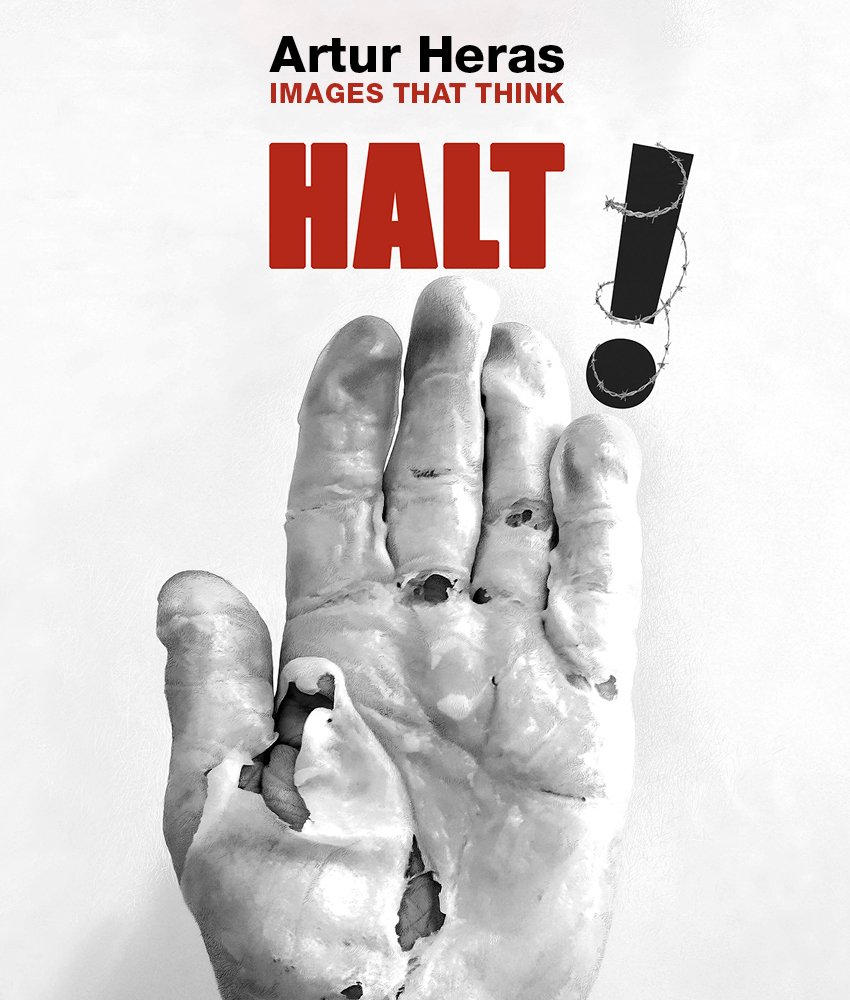
GUIDED TOURS BY THE EXHIBITION CURATOR: REGISTRATION
The distinctive feature of the Nazi extermination was the meticulous planning of both the mass murder and its concealment. The perpetrators carried out the killings in remote locations, destroying the victims and scattering their remains in an attempt to erase all traces of their existence. In addition to burning the corpses, they also incinerated the archives. Therefore, all research on the subject, including artistic research, must consist of piecing together scattered pieces of documentation that chance has left us – salvaged vestiges and traces.
Prior to the 1941 Nacht und Nebel decree, which protected enforced disappearance of people, Spanish fascists who had taken up arms against the legitimate government of the Second Republic had already begun their own war of extermination. The occupied territory was sowed with corpses that were buried in mass graves. No names or dates. No causes or trials.
Seventy-nine years have passed since the “liberation” of Auschwitz, which refers not only to its physical location but also to the vast and unprecedented system of extermination that took place in the heart of old and cultured Europe. Coinciding with the rise of ultra-nationalist and extreme right-wing parties, many countries are revisiting their memory of the Shoah and downplaying their role in the murder of millions of Jews, Romani and Slavs, as well as political opponents and religious, social and sexual dissidents.
The State of Israel, established in the aftermath of this heinous crime, has been violating international law for years by building settlements in the Palestinian territories under occupation. The inhabitants of these areas, who are concentrated in refugee camps, are now being indiscriminately bombed.
The dream of reason never ceases to produce monsters. Artur Heras, like Goya and Picasso before him, captures the evolution of these monsters through his brushes.
Heras does not merely paint clouds, like Rilke’s Vladimir, but rather explores ideas. His images not only explore the reality from which they emerge or the plastic traditions to which they allude, but also contemplate their own condition as images and representations. According to philosopher Walter Benjamin, Heras’s images would be capable of thinking and being thought. Heras aims to understand, communicate and question rather than to provoke or stir emotions.
The exhibition, titled HALT! (which in German means “stop” and indicates resistance), refers to dramatic moments in contemporary European history that are shockingly memorable. These moments also highlight the need to confront their potential repetition, whether it is an eternal return of the identical or the possible return of something very similar.












